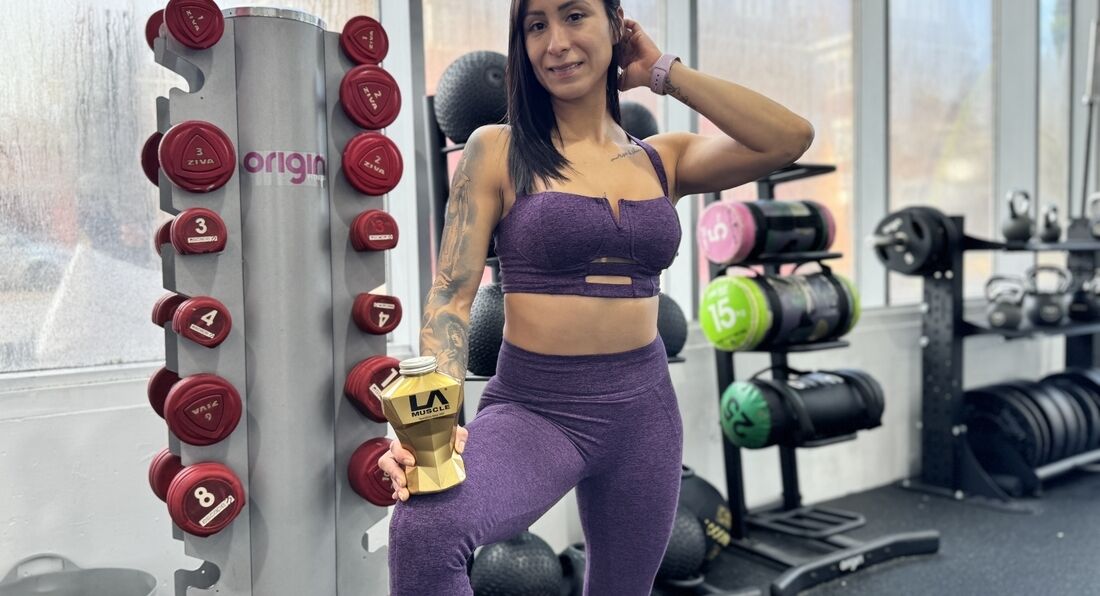The Knowledge > How To Lose Fat >
Wednesday, 6th May 2020
Use This Equipment To Burn Fat Faster
Get Faster Weight Loss Results
By LA Muscle on 06.05.2020 04:41 pm

Wearing a weighted vest could help people lose weight by making them burn more calories and by tricking their body into reducing a person's appetite so that they eat less, a new study has found. The research suggests that when a person’s weight suddenly increases their bones register the change and attempt to restore the body’s long-term equilibrium.
They believe that the bones do this by reducing the person’s appetite, so they eat less and their weight comes down - although it’s not exactly clear how the process works.
The researchers call the bones’ in-built bathroom scales a "gravitostat", which is triggered by changes in the body weight bearing down on the bones.
Scientists from the University of Gothenburg, Sweden, conducted experiments on 69 people with a body mass index (BMI) of 30-35, the lowest obesity category. Each wore a weighted vest eight hours a day for three weeks, and otherwise lived as usual.
One group wore light vests weighing 1 kg, while the other donned heavy 11 kg vests. After three weeks those with the heavier vests had lost 1.6 kg in weight, while those wearing the light vests had lost 0.3 kg.
The weight loss cannot just be explained by increases in physical exertion from carrying the additional weight, the researchers said.
"The effect on fat mass exceeded what's usually observed after various forms of physical training,” said Professor Claes Ohlsson, of the University of Gothenburg.
Not clear what kind of fat is lost
“But we weren't able to determine whether the reduction was in subcutaneous fat - found just under the skin - or the dangerous visceral kind, or belly fat, in the abdominal cavity that's most strongly associated with cardiovascular diseases and diabetes," added Professor John-Olov Jansson, also of University of Gothenburg.
The researchers say the study may also help to explain why spending long periods of time sitting down increases the risk of obesity.
Apart from the fact that people aren’t exercising when they sit, our understanding of the gravitostat suggests that sitting could have the opposite effect of weighted vests, they suggest.
Why sitting may fuel obesity
That’s because the reduction in weight experienced by the bones as the seat takes much of the strain could increase our appetite, as the bones instruct the body to regain the equilibrium by eating more and putting on weight.
Many questions about how the gravitostat works remain for the researchers to answer. The scientists also want to see whether the weight reduction continues for the vest wearers over periods longer than three weeks, and whether the dangerous visceral fat is reduced by the treatment.




























